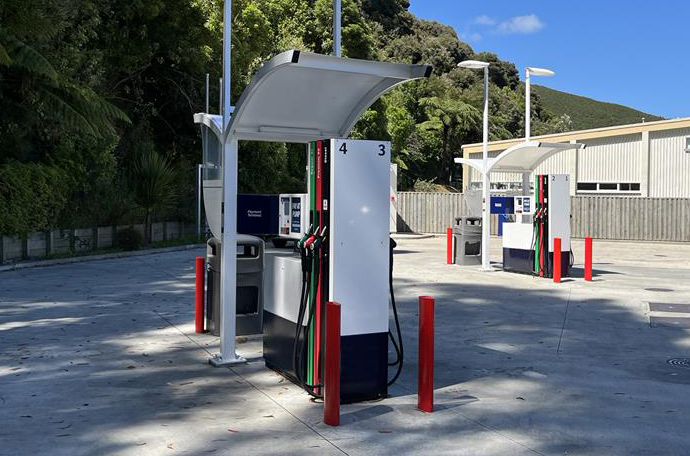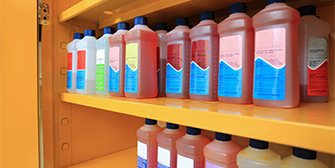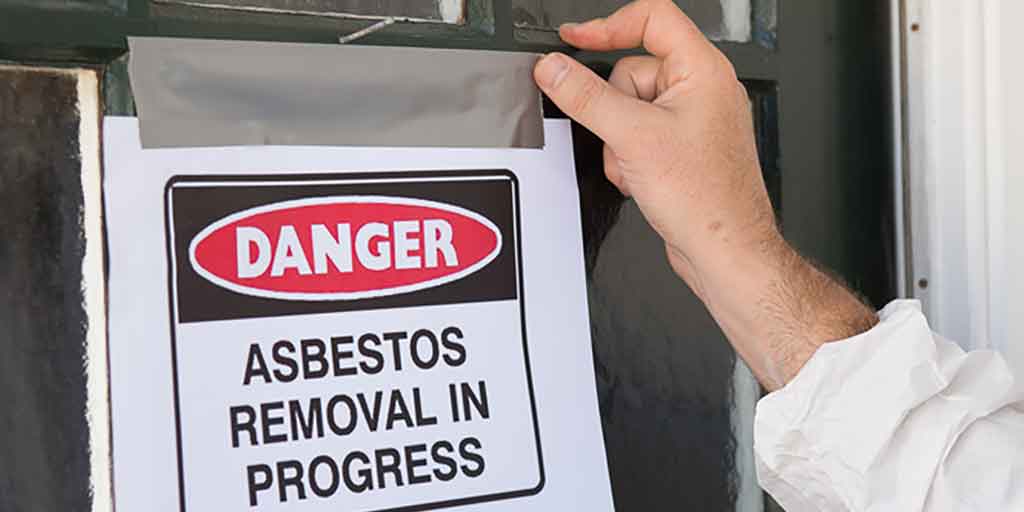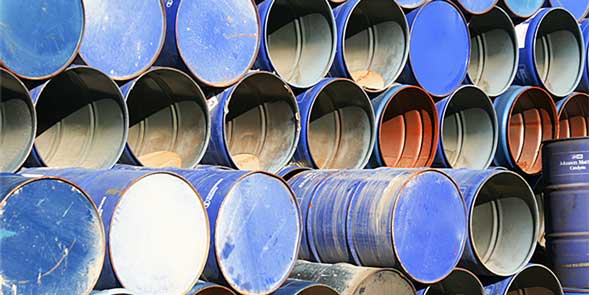Our position on work-related health
This position sets out our expectations of duty holders for work-related health under the Health and Safety at Work Act 2015 (HSWA) , the Health and Safety at Work (General Risk and Workplace Management) Regulations 2016, and Health and Safety at Work (Hazardous Substances) Regulations 2017.
A to Z topics and industries > Work-related health > Our position on work-related health






